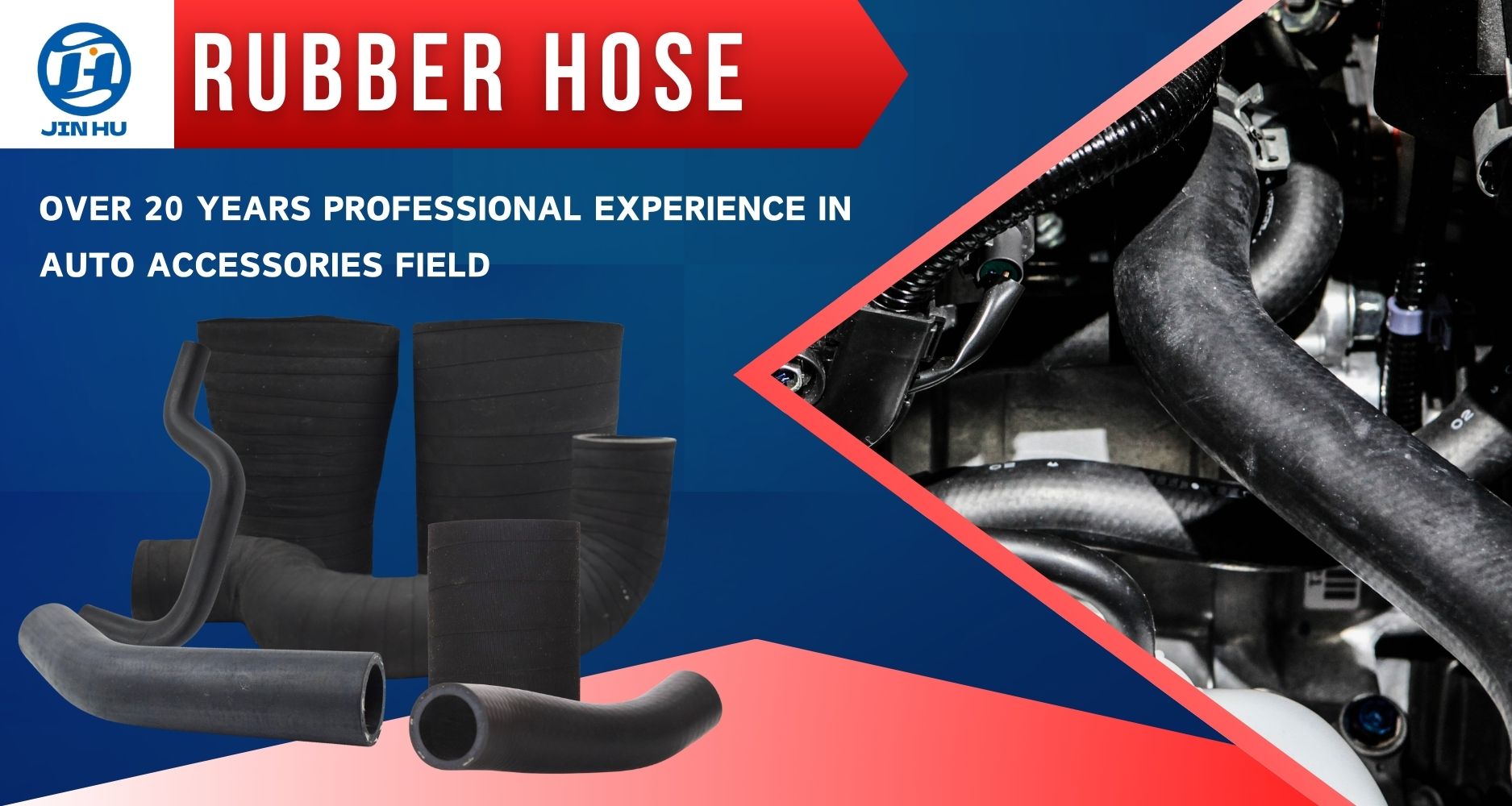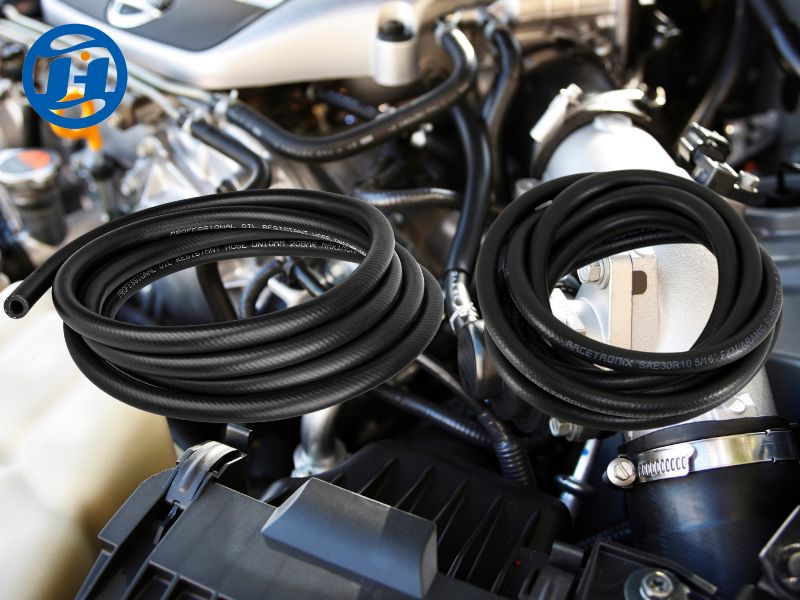What Are You Looking For?
Rubber hoses play a vital role in the automotive industry,especially in trucks.They are widely used for various applications such as water,oil,and air transfer.These hoses come in different types,including those with wrapped fabric and smooth surface ones.Compared to silicone hoses,rubber hoses are more cost-effective,making them a popular choice for many truck manufacturers and maintenance services.

Types of Rubber Hoses
Wrapped Fabric Rubber Hoses
These hoses have a layer of fabric wrapped around them.The fabric provides additional reinforcement,making the hoses more durable and resistant to wear and tear.This is particularly important in the rough and demanding environment of truck operations.The fabric also helps to protect the rubber material from direct exposure to harsh elements such as sunlight,which can cause degradation over time.In applications where hoses are subjected to high pressure or frequent movement,wrapped fabric rubber hoses are often preferred.For example,in the braking system of a truck,where hydraulic fluid needs to be transferred under high pressure,wrapped fabric rubber hoses can ensure reliable performance and prevent leaks.
Smooth Surface Rubber Hoses
Smooth surface rubber hoses are designed for applications where a smooth inner surface is required to minimize friction and ensure smooth flow of fluids.These hoses are commonly used for transferring water and air.In the cooling system of a truck engine,smooth surface rubber hoses allow water to flow efficiently,helping to maintain the engine at an optimal operating temperature.Similarly,in the air conditioning system,smooth surface rubber hoses ensure the smooth flow of refrigerant,contributing to the effective cooling of the cabin.The smooth surface also makes these hoses easier to clean and inspect,which is important for maintaining the overall performance and safety of the truck.
Applications in Trucks

Water Transfer
Trucks have various systems that require water transfer.The cooling system is a prime example.Rubber hoses are used to connect the radiator,water pump,and engine block,allowing coolant(usually a mixture of water and antifreeze)to circulate and dissipate heat generated by the engine.The hoses need to be able to withstand high temperatures and pressure,and rubber hoses with their appropriate material formulations can meet these requirements.They are flexible enough to fit into the tight spaces under the hood and can expand and contract slightly with temperature changes,ensuring a reliable connection.
Oil Transfer
For the lubrication system,rubber hoses are used to transfer oil to different parts of the engine.Proper lubrication is crucial for reducing friction and wear between moving parts,and rubber hoses help to ensure a steady flow of oil.In heavy-duty trucks,the oil system is subjected to high pressure and temperature fluctuations.Rubber hoses with reinforced layers can handle these conditions and prevent oil leaks,which could lead to engine failure.They are also used in the transmission system to transfer transmission fluid,ensuring smooth gear shifts and proper functioning of the transmission components.
Air Transfer
In the braking system,air hoses are used in air brake systems for large trucks.These hoses transfer compressed air from the air compressor to the brake chambers,where it is used to apply the brakes.The rubber hoses need to be flexible and able to withstand high pressure.Smooth surface rubber hoses are often used here to ensure the efficient transfer of air without significant pressure loss.Additionally,in the air suspension system of some trucks,rubber hoses transfer air to the air springs,providing a smooth and comfortable ride.These hoses must be durable and resistant to the constant movement and vibrations associated with the suspension system.
Cost Advantage Over Silicone Hoses
Silicone hoses are known for their excellent heat resistance and flexibility.However,they are generally more expensive than rubber hoses.For many truck applications,rubber hoses offer a more cost-effective solution without compromising too much on performance.While silicone hoses may have a slightly longer lifespan in some cases,the difference in cost can be significant,especially when considering the large number of hoses used in a truck.Truck manufacturers and fleet operators often need to balance cost and performance,and rubber hoses provide a good balance for many applications.They are more affordable to produce and purchase,which helps to keep the overall cost of truck manufacturing and maintenance down.
In conclusion,rubber hoses are indispensable components in trucks.They come in different types to suit various applications,including water,oil,and air transfer.With their durability,flexibility,and cost-effectiveness,rubber hoses continue to be a preferred choice in the automotive industry.As truck technology continues to evolve,rubber hoses will likely remain an important part of the vehicle's systems,ensuring reliable and efficient operation.